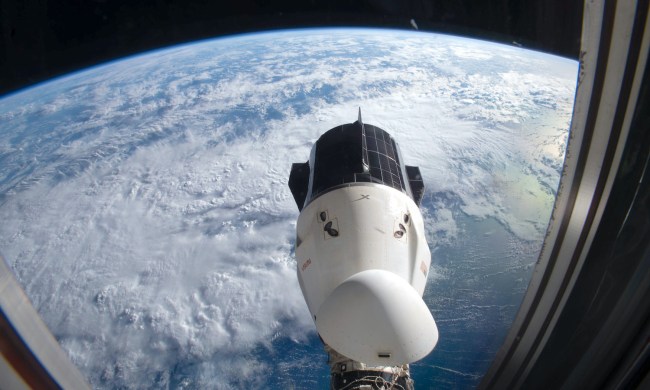SpaceX is accelerating its commercial efforts with the launch of the SmallSat Rideshare Program offering smaller companies a more affordable and reliable way to get their technology into space.
Announced by Elon Musk’s space company on Monday, August 5, the program will offer regularly scheduled, dedicated rideshare missions on the reusable Falcon 9 rocket with prices starting at $2.25 million for as much as 150 kg of payload mass.
“Just like larger satellite operators, small satellite operators want to launch when they’re ready to launch on a reliable vehicle with a competitive price,” SpaceX said.
At the current time, smaller outfits keen to get their technology into space with SpaceX have to wait around for the opportunity via a primary mission by a larger company with a much bigger payload. It also means that if the main customer has to delay the launch for any reason, the smaller customers have no choice but to follow suit.
The launch of the SmallSat Rideshare Program means the smaller customers would no longer have to “piggyback” on a larger launch, enabling them to plan their mission with much greater assurance.
Costs
Similar to booking an airline ticket, satellite operators who get in early can expect the best prices. For example, with SpaceX’s SmallSat Rideshare Program, a customer booking more than 12 months prior to the scheduled launch date will receive up to 150 kg of payload mass for $2.25 million, with each additional kg costing $15,000.
Book later, say, between 6 and 12 months prior to launch, and the cost rises to $3 million for 150 kg, plus $20,000 for each additional kg.
SpaceX is pretty much ready to go with its new program, with the debut mission set for between November 2020 and March 2021. Subsequent outings are planned for early 2022 and early 2023.
Commenting on its aim to ramp up its commercial efforts, SpaceX told Digital Trends that the company is “committed to serving the commercial market as it grows and changes, and we believe we can address the needs of small satellite operators by offering reliable, cost-effective access to orbit through regularly scheduled, dedicated rideshare missions.”
SpaceX also has grand ambitions to travel to the moon and beyond, and income from a successful satellite launch service for companies and organizations can help it move toward achieving these goals.


